Slovakian craft maker Kristína Šipulová takes weaving traditions on a whole new perspective.Conserving, sharing, transmitting. Three focal points of a promising œuvre of delicately crafted natural materials and clean lines. We met Kristína Šipulová during the Bratislava Design Week in 2018 and have been following her journey in the international design scene since then. Now Kristína spins the yarn how she found her way back home after spreading across the globe from Oslo to the London Design Festival.
Written by: Rita Komporday and Melinda Farkasdy
Rita Komporday–Melinda Farkasdy: Kristína, are you a fashion designer, a textile designer, a craft maker or perhaps somebody else?
Kristína Šipulová: I am a craft maker.
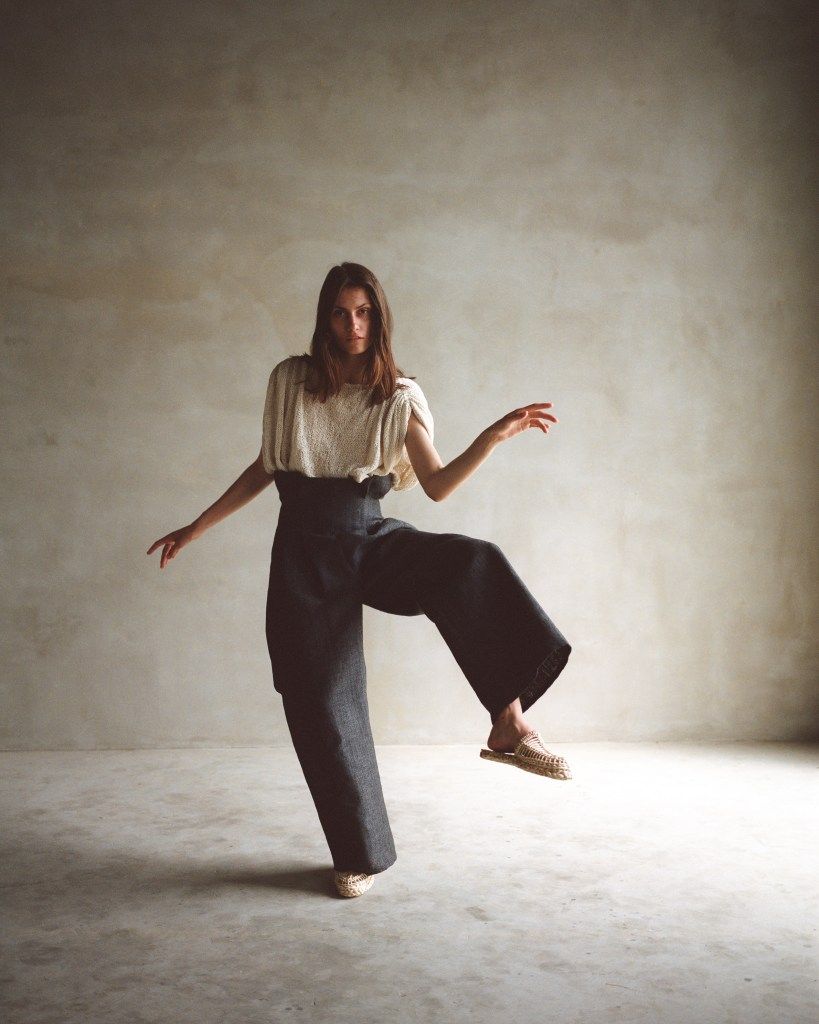
RK–MF: Why?
KS: I like to dive in the material, to create by hands and to construct something from the beginning. For me, textile crafts often require repetitive movements and a lot of concentration but then it allows freedom and space for experimentation. It is about listening to the material. To be able to feel the right moment when to stop and when the object is “alive”.
RK–MF: What do the terms ’return to the origins’ and ’from the yarn’ mean to you?
KS: The meaning of ‘from the yarn’ is that all garments are built from a single thread so I do not buy prepared fabrics for my collections. ‘Return to the origins’ has two meanings for me. It is about the origin of garment production ‘from the yarn’ and about going back to the place of our origins. Taking inspiration from people who are dedicated to craft techniques and to bring these fascinations into the modern world to enrich our everyday life. In the studio we often research different yarns and their properties, setting the color palette, and ordering samples. We try to focus on local suppliers if possible. I also collect some vintage yarns which are still of great quality and are very unique.

RK–MF: How do you make your garments? What kind of materials and techniques do you use?
KS: I weave the fabrics for garments on old wooden looms or they are knitted by hand. I only use natural materials such as linen, cotton, wool, silk and paper yarns. Some pieces are made from re-used linen hand-woven textiles collected in the region of central Slovakia, where I grew up. They were hand-woven at the beginning of the 20th century, but are still of exceptional quality. In hand-woven garments, I often use hand-carded and hand-spun linen yarns made long ago in Slovakia combined with silk yarns from Japan.
RK-MF: You lived in Bratislava, then Oslo and Paris. Now you are again based in Bratislava. Can you tell us a bit more about the Slovak design scene?
KS: I am happy that I returned home. I meet more and more driven and inspiring people, however, it is very important to have an international network. I have met people with whom we want to create together and start new projects. This is a way to go. Slovakia is a small country, and Bratislava’s art and design scene cannot really be compared to Paris or London. But some younger designers, well-known abroad, are bringing new waves and refreshing the design scene here. In Bratislava everything is on a smaller scale but you often find hidden treasures. I am still searching for a place or atmosphere where I can balance other activities, where I can create in flow and concentrate perfectly. In Paris, this was very difficult because something always happened, I met people, explored new things, which were great but here I appreciate that I have more time for progression and creation.
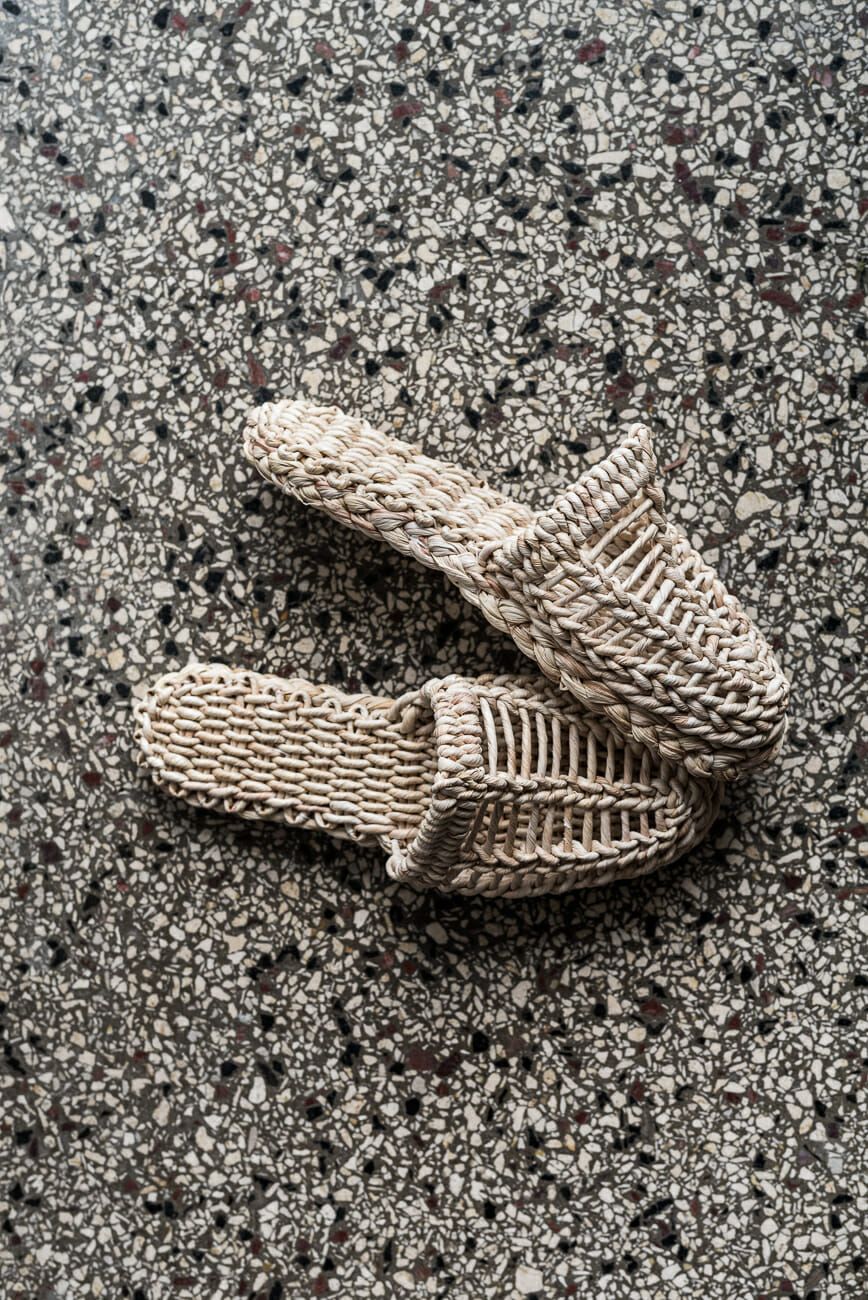
RK–MF: While in Oslo, at Beck & Kinch you produced custom-made, hand-woven fabrics for CHANEL. What have you learnt from such experience?
KS: I remember I had a lot of questions in the beginning and have learned some technical things only in the studio, gradually gained trust and worked on the realization of the final fabrics for interiors of CHANEL boutiques and the development of an art installation called Norns for the Utzon Center in Aalborg. I believe that to feel trust in work is quite a strong fuel. I have learnt the whole process of hand-weaving and I am taking a lot from it until now. To be part of the whole design process gave me valuable insights and I am very thankful for it.
RK-MF: You have attended workshops at Domaine de Boisbuchet in France. Which workshop did you select?
KS: It was one of the best things to do. You get so many impulses and the place itself is a dream. I have attended two workshops, one was led by Krzysztof Lukasik+LOEWE and was about experimentation around different qualities of leather and new approaches to craft techniques. Previously, it was a workshop with Faye Toogood and we explored softness in shape, material, touch and volume. During both workshops, we formed friendships with other participants which last unto this day, we visit each other, collaborate, exhibit together and also make creative residencies each year.

RK-MF: In Paris, you worked as a visual researcher and design assistant in two internationally well-known design studios: Studio Edelkoort and Studio Marlène Huissoud. What were your roles?
KS: At Marlène, we worked together as a team, I had a hands-on approach in the development of projects from material research to installations for different design festivals and galleries, for example, Spazio Nobile Gallery, The Centre National de la Danse in Paris, London Design Festival and others. At Studio Edelkoort I made visual research for general trends, activewear and lifestyle for season fall/winter 2018/2019. There were a pile of books on the table every day, lots of images, photographs, color and material samples. It all was very inspiring – the space itself where we worked and the people in our team.
RK-MF: You taught Textiles and Color Theory courses at the International Fashion Academy (IFA) Paris. What were your experiences as a professor?
KS: I was organizing interesting visits to ateliers for my students, for example we had the opportunity to visit Maison Lesage, which has been part of CHANEL’s Métiers d’art since 2002 and where hand-embroidered garments for Haute Couture have been made since 1924. I was teaching two subjects: Color theory and design and Textile technology. At Textile technology lectures I was teaching about various processes so the students could see how things are made, how different materials work, understand all the journey behind a fabric, what sustainability means nowadays, how new materials are being developed and what the new innovative ways of production or materials are. Although most students are fascinated by handicrafts, they do not place so much emphasis on textile techniques in their work yet this is what can make clothing unique and different. Many quickly lose motivation because such techniques, as well as gaining knowledge of materials and their innovation, require time and patience. I am familiar with the whole craft movement nowadays and I hope this will still gain more understanding in the future.
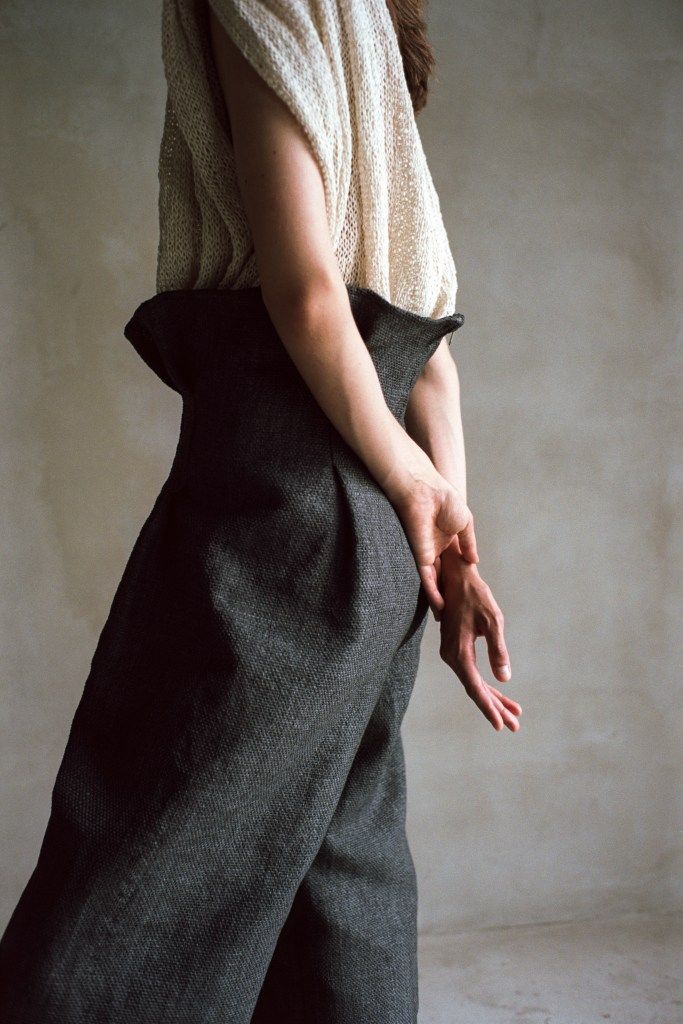
RK-MF: You collaborated with Flatwig Studio during the Milan Design Week, the Paris Design Week, and the London Design Fair in 2019. How did you meet the Flatwig Studio designers? What was your project about?
KS: We met at Domaine de Boisbuchet in France during a workshop with Faye Toogood in 2016 and started the collaboration three years later. Our installation was about a dialogue between two projects, Post-Process, collection of hand-woven linen garments and Ondula by @_flatwig, a collection of furnishings made of corrugated metal sheets. In both projects, we reinterpreted existing elements and freely transformed them into objects, furnishings and sustainable garments. We both try to return to dismissed materials and their origin, to reflect on the ways in which these may be transformed into sustainable elements for everyday life.
RK-MF: What have you been working on lately?
KS: I am working on a bigger project right now, a handwoven wool tapestry. It is a collaboration with visual artist and painter Rita Koszorús and we develop everything from sketches. I was always attracted to this precious craft and wanted to make a contemporary tapestry. It is very exciting to work on a bigger scale, change weaving looms for a weaving frame. We work with a local spinner so the wool yarns for the tapestry will be handspun. It is great to have the yarns made to order, it gives us freedom and also allows the final texture to be wilder.
Follow KANAVA’s Instagram profile, a collection of stories about objects and their makers, created by Kristína Šipulová and Paula Blahová!
Kristína Šipulová | Web | Instagram
[1] Find more about weaving here: https://www.britannica.com/technology/weaving [Accession date: 24 June 2020]
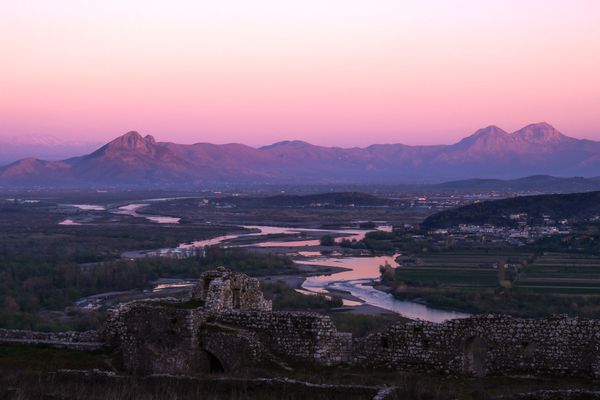
Photo story from Albania | Nick St. Oegger
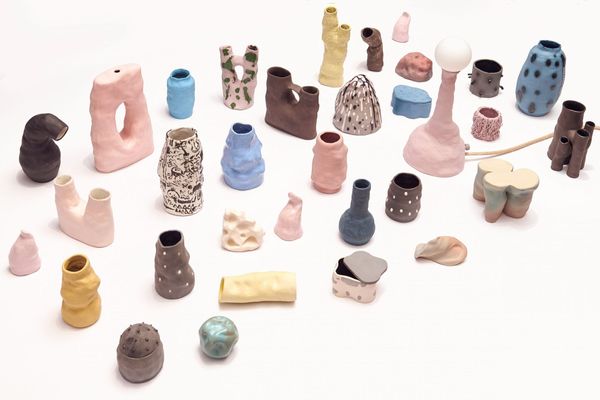
Experimental ceramics | Siup studio










